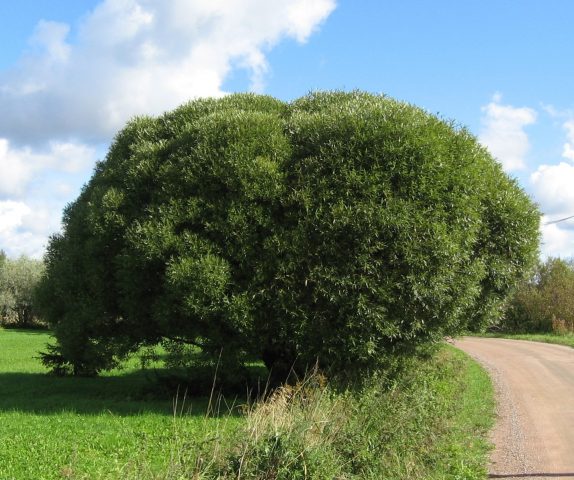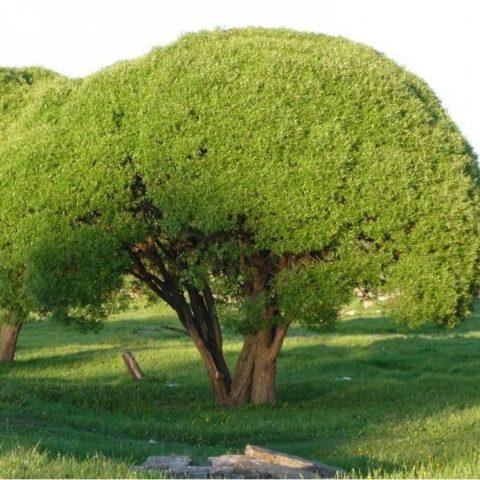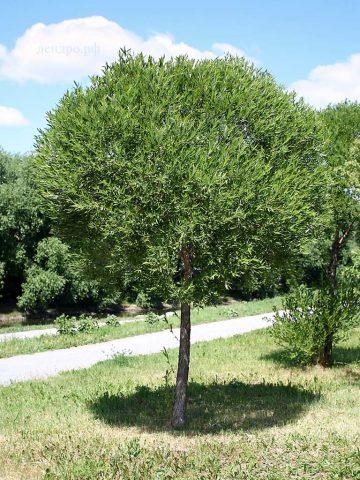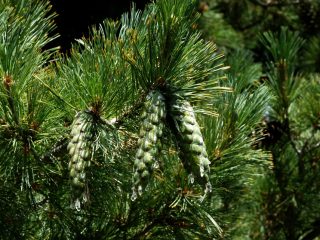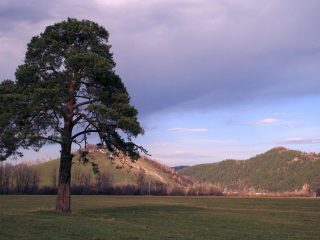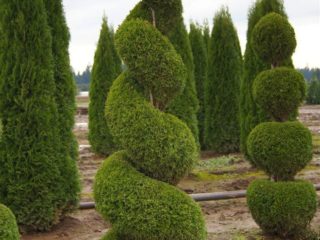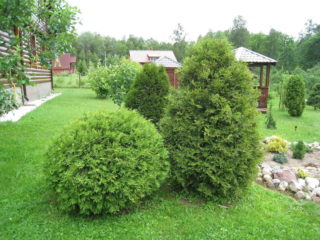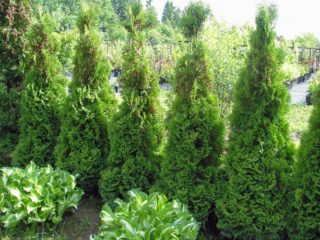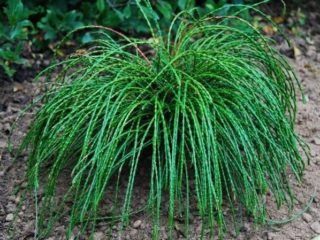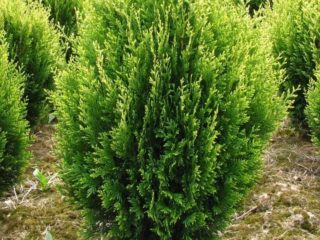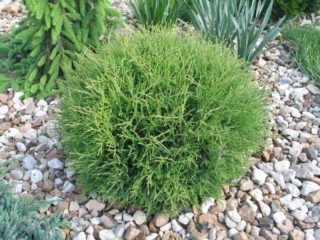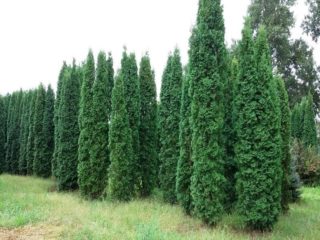Content
Brittle willow is one of the most beautiful trees among its genus. Gives an attractive spherical crown, reaching a diameter of 10-15 meters. The peculiarity of the tree is that the branches grow quickly and almost simultaneously, so they do not need special pruning. Caring for brittle willow is easy, and it tolerates frost well. Therefore, the crop can be grown in almost any Russian region.
Description of brittle willow
Brittle willow is one of the most common trees in Russia; it belongs to the Willow genus. Found in different regions of Eurasia. The culture spread to Africa, North America, and Australia. It is used in landscape design of garden plots, squares, and parks.
The brittle willow tree is often called simply broom, in Latin - Salix Fragilis. Many researchers consider it as a hybrid plant obtained from other species of willow. The foliage is lanceolate, narrow, and bright green in spring and summer. In autumn it becomes yellowish, and may fall off while still green.
The leaves of brittle willow reach from 5 to 7.5 cm in length and no more than 1.2 cm in width. The branches are straight, slightly drooping, without pubescence.The bark has gray and brown shades, with a pronounced relief, there are cracks. In the sun the surface shines, the color of the branches is also olive green and reddish.
The buds of the brittle willow tree are long, curved, glisten in the sun, and are dark brown in color. The stipules are shaped like an egg. The tree's catkins begin to appear almost along with the leaves. They are located on long hairy stalks, which also contain 3-5 small leaf plates. The length of male brittle willow catkins reaches 5 cm, and female catkins reach 7 cm.
Their calyxes are yellowish-green and sometimes pale yellow. They contain two free, hairy stamens. The anthers of the brittle willow tree are yellow, then turn brown. There are two nectaries on each earring. The stigmas of the pistil are forked, the blades are short, diverging, the ovaries are bare, located on shortened stalks. The column is also low. The root system of brittle willow is quite developed. Layers penetrate deep into the soil and thoroughly entangle it, improving the structure.
The brittle willow tree is widespread throughout Europe, Russia, and partly in Asia (including Turkey).
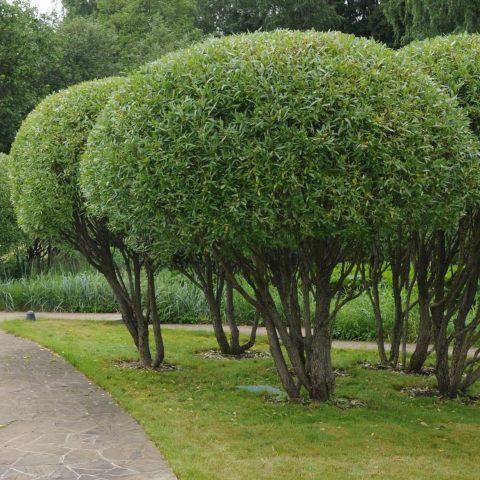
Brittle willow grows well in sunny places
It is mainly found along the banks of various reservoirs, in non-swampy, but fairly well-moistened places. Brittle willow grows quickly and is frost-resistant. At the same time, it is demanding on the composition of the soil.
Height and diameter of willow brittle crown
The brittle willow tree is not too tall, reaching a height of 6-8 m, and only in the 10th year of life. And then it grows to the maximum limit - 15-20 m. In total, it lives up to 75-80 years. The crown has the shape of a tent and spreads out very widely, which makes it decorative. The diameter reaches 15 m, as a rule, it corresponds to the height or is visually greater than it.
Varieties of brittle willow
One of the popular varieties is brittle willow “Bulata”. This tree produces a spherical crown that extends up to 12 m in width. It also happens that the tree forms an umbrella-shaped crown.
The foliage of brittle willow is lanceolate, narrow, can reach 10 cm in length and about 1 cm in width. In autumn, the leaves fall off without even having time to completely turn yellow. Branches often fall - it is better to remove plant debris to prevent infection. If cared for well, willow will live up to 80 years.
Application
Brittle willow is used not only to decorate gardens and parks, but is also used as animal feed. The leaves contain not only nutrients, but also valuable microelements, including cobalt and zinc.
Another area of application is traditional medicine. Based on the branches and foliage of brittle willow, decoctions are prepared that are taken orally for colds. They also help for external use - for hair loss, they are used to treat baldness and eliminate dandruff.
Brittle willow serves as a good honey plant because it produces catkins early. Therefore, the tree is planted next to apiaries. In addition, it is used to obtain tannins and alkaloids, which are used for tanning. Branches are used for weaving; arches and various containers can be made from wood. The wood is suitable for making firewood, and mature trees (over 15 years old) are also used for building structures.
Landing
For planting brittle willow, open, well-moistened places are best suited, perhaps next to a pond. The tree grows well in sunny areas, but also tolerates light shade. The soil should be fairly dense and clayey.In this case, sandy soils and chernozems with a slightly acidic or neutral pH from 5.0 to 7.5 are also suitable.
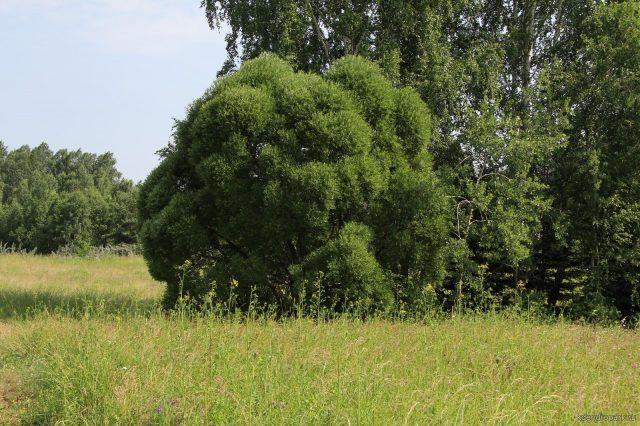
Brittle willow grows quickly in fertile soils
Planting of brittle willow is usually planned in the spring at the end of March or early April, when the snow has already melted. The sequence of actions is as follows:
- Dig a hole 50x50 cm. If you plan to plant several seedlings, the distance between the holes should be at least 8 m.
- Place small stones on the bottom.
- Place the seedling in the center.
- Dig in with fertile soil without deepening the root collar.
- Moisten thoroughly.
- Lay out a layer of humus or other mulch.
Care instructions
Brittle willow is very moisture-loving. It needs to be watered especially often after planting - water is given every week. It is first left to settle until it reaches room temperature. Mature trees can be watered every month. If it is hot, it is advisable to give 5-6 buckets of water for each. You can simply put the hose in the circle around the trunk if the water is not very cold.
Nitrogen compounds are of particular importance when feeding brittle willow. If the tree grows poorly, every spring it is necessary to add nitrophoska or ammonium nitrate at the rate of 20 g per 10 liters per 1 m2. For each tree, they usually give 60-80 g. There is no need to add more preparations - there is no need to overfeed the trees.
Loosening of the tree trunk circle is carried out regularly only for young seedlings. Then you can dig only in the fall, at the same time removing the foliage. If necessary, remove weeds, and to reduce them, lay out mulch.
In early spring, it is recommended to remove dead branches and too long shoots at the bottom of the trunk in order to form a beautiful trunk.Brittle willow practically does not need pruning, but to maintain a beautiful crown, you can remove shoots that clearly extend beyond the general contour. It is better to do this in the fall.
Another important point is shelter for the winter. Despite the fact that brittle willow is quite frost-resistant, it is best to cover young seedlings with burlap, agrofibre or other materials. This must be done in the first three years after planting.
Reproduction
Brittle willow can be propagated in two ways:
- cuttings;
- layering.
It is better to take cuttings in autumn or early spring. Young shoots are cut from the middle of the branch with healthy buds, the length should be 15-25 cm. An oblique lower cut is made and planted in fertile soil so that half of the cutting is in the ground.
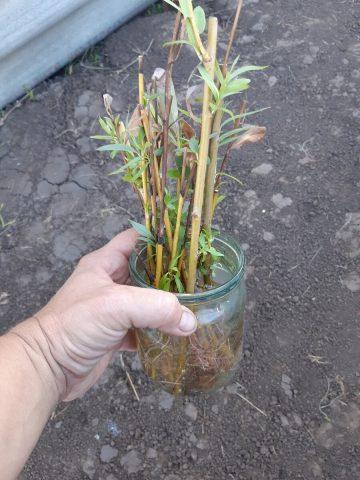
The easiest way to propagate brittle willow is by cuttings.
Cover with a jar and water immediately. If leaves begin to appear, the cuttings must be shaded. After a month, the shelter is removed and water is continued to be provided regularly. And next spring in May they are transplanted to a permanent place.
Brittle willow can also be propagated by layering. At the beginning of spring, several lower branches are bent into the soil, sprinkled and fixed, but not very deep, but close to the surface. They are regularly watered, fertilized, and transferred to a permanent place in the fall.
Diseases and pests
With proper care, brittle willow rarely suffers from disease. But sometimes it is affected by fungal infections, such as powdery mildew or black spot. Fungicides are used for prevention and treatment:
- "Maksim";
- "Ordan";
- "Tattu";
- "Fundazol" and others.
Brittle willow serves as a food plant for many insects. Weevils, various caterpillars, larvae, poplar hawkmoth, willow moth and other pests feed on it.To combat them, insecticides are used:
- "Karbofos";
- "Fufanon";
- "Karate";
- "Match".
Treatments of willow wood with brittle should be carried out in dry weather without strong wind, and it is advisable to do them in the late evening. As a preventive measure in the fall, it is necessary to remove fallen leaves and place them away. The soil in the tree trunk circle is dug up, since pests can overwinter in it.
Brittle willow in landscape design
This species produces very large trees with a spreading, spherical crown. Therefore, they are used in single plantings to create a kind of center around which flowerbeds can be laid out, paths can be made, and a recreation area can be organized.
Brittle willow looks beautiful in plantings next to lawns, against the backdrop of well-groomed lawns. The tree blends harmoniously with the greenery. In addition, brittle willow provides very good shade, which is suitable for growing plants that cannot tolerate bright sun, such as hostas.
Below are several options for using brittle willow wood in landscape design with photos:
- Landing next to the road.
- Brittle willow against the background of the lawn.
- Planting trees in rows.
Conclusion
Brittle willow is rightfully considered one of the most beautiful species. The tree is tall, with a lush crown, the branches practically do not droop, which sets it apart from other representatives. It is better to plant such a large plant in open, well-lit areas with free air flow.
